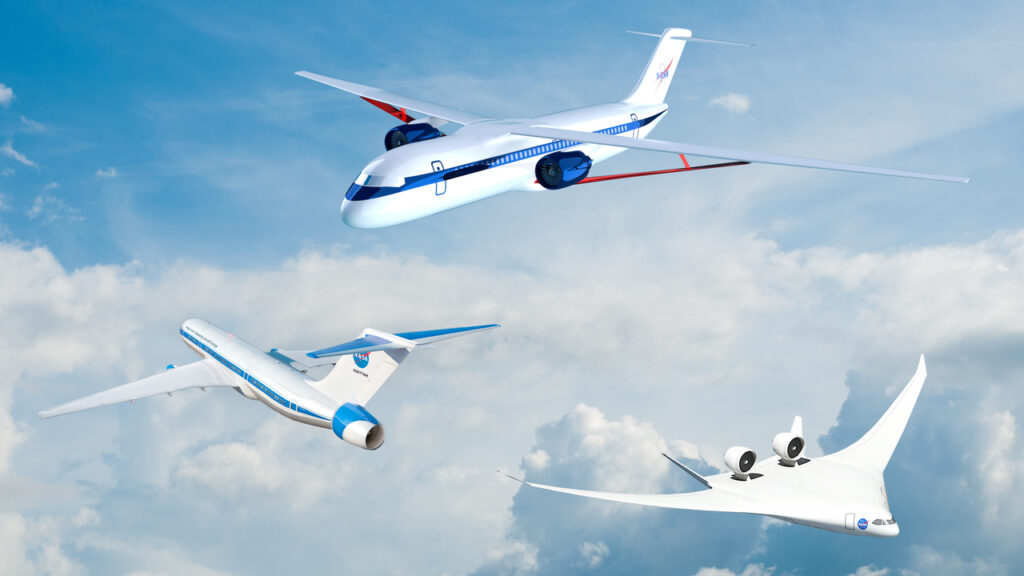LONDON – NASA are set to announce the latest step forward in their Sustainable Flight Demonstrator project, which is tasked with the development of technology and designs for aircraft to meet greener low emission objectives.
The space agency has advised that it will provide information with regards to the project in a news conference set for January 18 next week.
A news conference is to be held with NASA Administrator Bill Nelson and other agency leadership next week, at 10 a.m. EST on Wednesday, Jan. 18, at NASA Headquarters in Washington. Leadership will discuss the next step forward with the agency’s Sustainable Flight Demonstrator project.
NASA aims to develop technology and designs for a new generation of lower-emission single-aisle airliners. Through this project, NASA will fund the design, construction, and ground and flight testing for a large-scale demonstrator with an advanced airframe configuration.
The event will air live on NASA Television, the NASA app, and the agency’s website.
The agency’s Sustainable Flight Demonstrator project also will include the development of related green technologies, with the goal of validating them to inform industry decisions about the next generation of single-aisle aircraft entering the market by the 2030s.
Other agency participants in the news conference include:
- Deputy Administrator Pam Melroy
- Bob Pearce, associate administrator, Aeronautics Research Mission Directorate
- Brent Cobleigh, project manager
The Sustainable Flight Demonstrator project
Aviation needs to be sustainable so the environment can be protected, the economy can grow, and people can continue to connect in person quickly across long distances thanks to the marvel of air travel.
With today’s aircraft fleet and operational efficiency, the estimated worldwide air traffic in 2050 would require more than 620 megatons of fuel and generate close to 2,000 megatons of carbon dioxide emissions.
In November 2021, the United States released its Aviation Climate Action Plan and committed to reaching net-zero greenhouse gas emissions from the U.S. aviation sector by 2050.
The NASA project asks “Now what if we could support the same level of demand while reducing net carbon emissions to zero by 2050?”
To achieve sustainable aviation operations, the sustainable flight demonstrator project identifies three broad ways to achieve this:
Efficient aircraft technology
Needing less energy to fly means either using less fuel or, for electric aircraft, less power that must be sourced elsewhere. This means lower lifecycle emissions for the entire time an aircraft is in use.
NASA works toward this by a combination of computational modeling, material and aircraft component developmental testing, wind tunnel testing, and flight testing.
Sustainable aviation fuel (SAF)
SAF doesn’t release new CO2 into the environment. Additionally, it’s been shown to reduce contrails that can trap heat in the Earth’s atmosphere.
NASA works toward this by a combination of computational modeling, emissions and combustion laboratory testing, and flight testing.
Operations and infrastructure
Using less energy on the ground or by choice of flight paths also reduces fuel burned and saves money.
NASA works toward this by a combination of computational modeling, simulations, and testing in the field.









